Should cup score or origin dictate the price of specialty coffee?
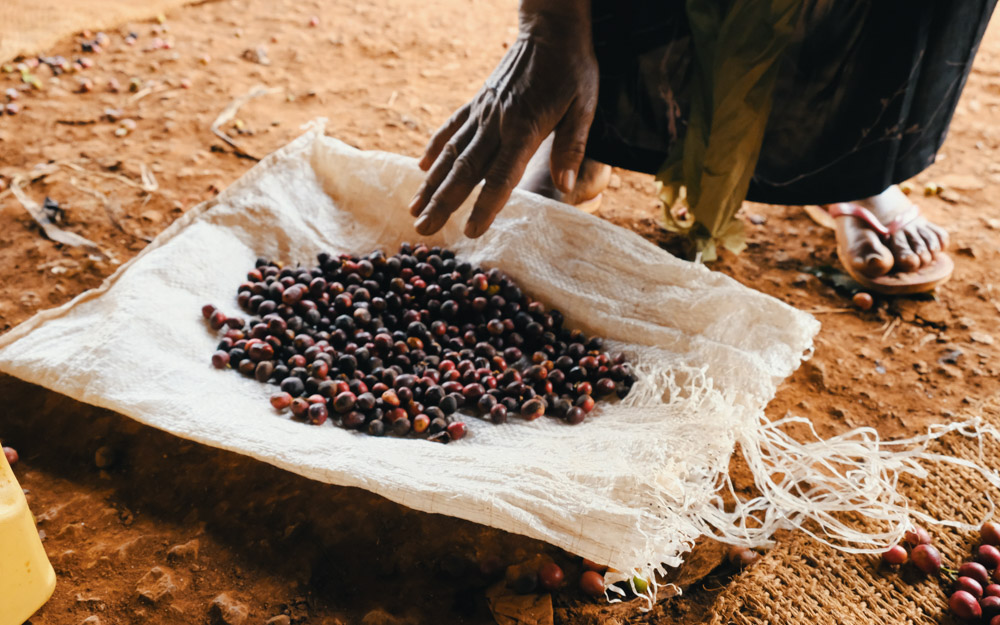
The price of coffee (also known as the C price) is notoriously volatile. In February 2022, the market price of arabica reached a ten-year high of US 258.95 cents/lb. By October the same year, it had fallen by US 55 cents – and has remained somewhat stable since.
Ultimately, it’s difficult to predict which way the market will sway, which often leaves some producers vulnerable to this instability. This is especially apparent with smallholders who may have less access to capital. Moreover, if a farmer agrees to sell coffee at a set price, and then delivers their lots months later when the C price is higher, they technically lose out on earning money.
When it comes to the price of specialty coffee in particular, it’s important to note that it’s often not dictated by the C market – although the C price is certainly still relevant. However, pricing for specialty coffee is also dependent on a number of complex factors.
In line with this, it’s important to question whether there are more stable and fair ways to price specialty coffee. These include by cup score or origin, for example.
To find out more, I spoke with Cleia Junqueira, a coffee consultant based in Dubai, and Emily McIntyre, CEO of Catalyst Trade. Read on to find out their insight into alternative ways of pricing coffee.
You may also like our article on how foreign exchange affects the price of coffee.
How are coffee prices generally set?
Understanding how coffee is priced is complicated to say the least. The C price is affected by a number of factors, including:
War and political instability
Supply and demand
Moreover, the price of coffee changes every minute as it is bought and sold as a commodity on regulated markets known as commodity exchanges.
In the coffee industry, price fluctuations create incentives that theoretically ensure the quantity of coffee supplied meets demand.
How much producers increase or decrease the quantity of coffee they sell on the market in response to price changes is the price elasticity of supply. This also depends on many factors, but becomes more complicated when we factor in that coffee is an agricultural crop. Essentially, this means it responds slowly to market signals.
Although there are certainly criticisms of the C market – and understandably so – we should acknowledge that there have also been some positive outcomes for the coffee sector.
Essentially, the C price sets a benchmark price for commodity coffee – even if it may be considered too low by many people in the industry. This benchmark is often used as the basis for higher prices paid for specialty coffee through differentials and premiums.
The C market has also helped to standardise the trade of coffee, as well as establishing more formal exchanges for the trade of commodity coffee.
How is specialty coffee priced?
Although specialty-grade coffees are sold outside of the C market, they are inevitably affected by the C price.
For example, Emily explains that in some countries like Ethiopia, there is a mandated minimum FOB (freight on board) price. In simple terms, it essentially follows fluctuations in the C market, including for specialty coffee.
She adds that during Ethiopia’s 2021/22 harvest, for a number of reasons, the price of most cherries (paid in birr per kg) have also increased to up to three times higher than in previous years.
“You can do a lot of good business using the C market differential,” Emily says. “There’s nothing wrong with it intrinsically, however, we tend to give the C market too much weight.”
Although the C price is often too low for coffee farmers to receive a sustainable income, it can be useful for determining a minimum price, or to even calculate a premium.
For example, a green buyer might pay the market price for a specific coffee. They may then pay another US 80 cents if the coffee receives a high cupping score. On top of this, for instance, they may pay another US 10 cents if the coffee is certified organic.
Direct trade and higher prices
The concept of relationship coffee (as well as direct trade) also incentivises green buyers and roasters to pay more for specialty coffee. Through establishing long-term working relationships, roasters and producers are able to build more trust. In theory, this means the former are willing to pay higher prices, while the latter have more support to invest in improving coffee quality.
Moreover, there are also resources, such as the Specialty Coffee Transaction Guide (SCTG), which provide price benchmarks for specialty coffee. The SCTG in particular is a collaborative initiative which includes over 120 coffee companies and organisations that provide data from more than 50,000 coffee contracts.
Are there alternative methods to determine prices for specialty coffee?
The role of the C market in determining coffee prices is far too historically significant for us to completely move away from this model. And this also goes for pricing specialty coffee, too.
However, when it comes to specialty coffee in particular, there are certainly some alternatives that we could reconsider for establishing prices.
Cup score
Although there is some criticism around how coffee is scored, cup score is one of the more tangible ways to assess a coffee’s quality.
Certified Q graders use the Specialty Coffee Association’s 100-point scale to determine how many points a coffee should receive. Any coffee which scores more than 80 points is considered specialty.
Essentially, this means the higher the score, the higher the price. However, even above 80 points, there are still more nuanced complexities regarding pricing.
For example, coffees which score between 80 and 84 points can still receive relatively lower prices. Beyond these scores, meanwhile, the price of 87-point and over coffees can dramatically increase.
“The difference between an 84-point coffee and an 87-point coffee could be double the price,” Cleia explains, adding that there are no regulations regarding price and cup score for specialty coffees.
Is using cup score fair?
There are some advantages to using this model – namely rewarding producers who implement farming best practices to increase cup scores.
“For instance, producing countries which previously have a reputation for growing lower-quality coffee could have more of a chance to sell coffee at a higher price when they push for higher quality,” Cleia explains.
However, without the right level of support and access to resources, some farmers may be unable to achieve this. And naturally, this would put them at a disadvantage.
Emily agrees with this sentiment, and warns that some origin countries would have to work harder than others to achieve a similar level of quality.
“Specialty coffee has agreed upon attributes which are considered more positive, like acidity and fruity flavours,” she says. “So coffees which don’t have these qualities may be penalised.
“For example, it’s impossible for a Peruvian coffee to achieve the same cup score as an Ethiopian coffee without significant investment in harvesting and processing techniques,” she adds. “It’s mainly about terroir and different varieties.”
How much does origin inform price?
First and foremost, we need to acknowledge that no two producing countries are alike. There are significant differences in terroir, available varieties, common processing methods, and systems to trade coffee.
Some origins, or even coffee which has geographical indication from certain countries, are revered for their high quality and exclusivity. Panama and El Salvador are two examples, as well as Kona coffee and Jamaica Blue Mountain. This can be for a number of reasons, including marketing, higher levels of investment from stakeholders, and more limited supplies.
In line with this, if we were to price coffee based on origin, there would need to be consideration of several factors, such as costs of production, inputs, and labour.
Emily uses the example of Ethiopia and Peru again – two origin countries which Catalyst Trade buys coffee from. She explains that in Ethiopia, smallholder farmers typically sell cherry to washing stations. In Peru, meanwhile, producers usually sell parchment coffee.
She adds that although Peruvian farmers are technically investing more in their coffee (and retaining more value), the value of birr per kg has been a key driver of price increases in Ethiopia.
Price fluctuations within producing countries
It’s important to note that even in a specific origin country, there are often significant fluctuations in price for many complex reasons.
For instance, if production costs double in one producing country, then the price of specialty coffee would also need to double for farmers in that country to make the same profit.
“Regardless of what buyers want, there is no feasible way to produce Ethiopian coffee that isn’t practically double what it cost last year when the farming inputs are two to three times higher than in previous years,” she says. “The price is also driven by labour costs, such as hand picking cherries, collecting cherries off the ground, and carrying them to washing stations.”
Ultimately, this then raises the question of whether pricing specialty coffee based on origin is a more fair model – but only if production costs are correctly accounted for.
At the same time, however, we also need to factor in that some origin countries sell specialty coffee for a higher price on reputation alone, rather than accounting for the costs of production. In theory, this creates inequities between producing countries – particularly between more “boutique” and “traditional” origins.
Criticisms of these two options
Cup score and origin are certainly viable options for determining the price of specialty coffee.
Looking at cup scores specifically, however, Emily notes some common criticisms.
“The main problem with cupping scores is that certain coffees can achieve higher scores, and therefore higher prices, more easily than others,” she says. “So it doesn’t reflect the level of investment from producers and other stakeholders along the supply chain.”
Although this statement certainly rings true in many cases, some varieties (or even species) which sell for higher prices are often expensive for a reason. For instance, producers may need to use more farming inputs (including fertilisers, which can be costly), or yield per plant may be significantly smaller.
“We are also heavily influenced by external factors when cupping coffee,” she adds. “Everything from what we ate the day before to how tired we are.”
Cleia says we also need to consider the influence of coffee competitions like the World Barista Championship in creating trends and driving prices – whether justified or not.
“More and more people are going to want to try competition coffees, therefore the price will increase,” she explains. “This could be advantageous to these farmers, who can then potentially host auctions for samples.”
When we look at origins specifically, talking about those that are more expensive than others, both Cleia and Emily say that it’s crucial for buyers to understand more about production costs – and know how they impact producers.
Listening to the consumer
As a coffee buyer, Cleia says that cup score is often the most important deciding factor for her – but that it’s also important to consider which types of coffees will sell the best. This could be something new or unique about the coffee that could interest roasters and consumers.
Moreover, for most consumers, the difference between an 84-point coffee and an 88-point coffee is largely undetectable. Buyers, on the other hand, will have their own preferences which don’t always match with their customers’.
“We have to constantly listen to our customer base to know which coffees to buy,” Emily says. “An ideal buying system reflects both the preferences and needs of one buyer, as well as the next buyer.”
Cleia agrees, saying: “You always have to consider the consumer because more and more people are becoming more educated about coffee, so it’s important for us to consider this.”
No matter how we want to rethink models for pricing specialty coffee, the C market will inevitably play a role.
Both cup score and origin could be useful alternatives, which could help producers add more value to their coffee.
“We need to understand that everyone has a different narrative about pricing coffee,” Emily concludes. “If we can accept that, we have the potential to find a better path forward to match realism with idealism.”
Enjoyed this? Then read our article on how increases in the price of coffee affect co-operatives.
Photo credits: Catalyst Trade
Perfect Daily Grind
Want to read more articles like this? Sign up for our newsletter!
The post Should cup score or origin dictate the price of specialty coffee? appeared first on Perfect Daily Grind.
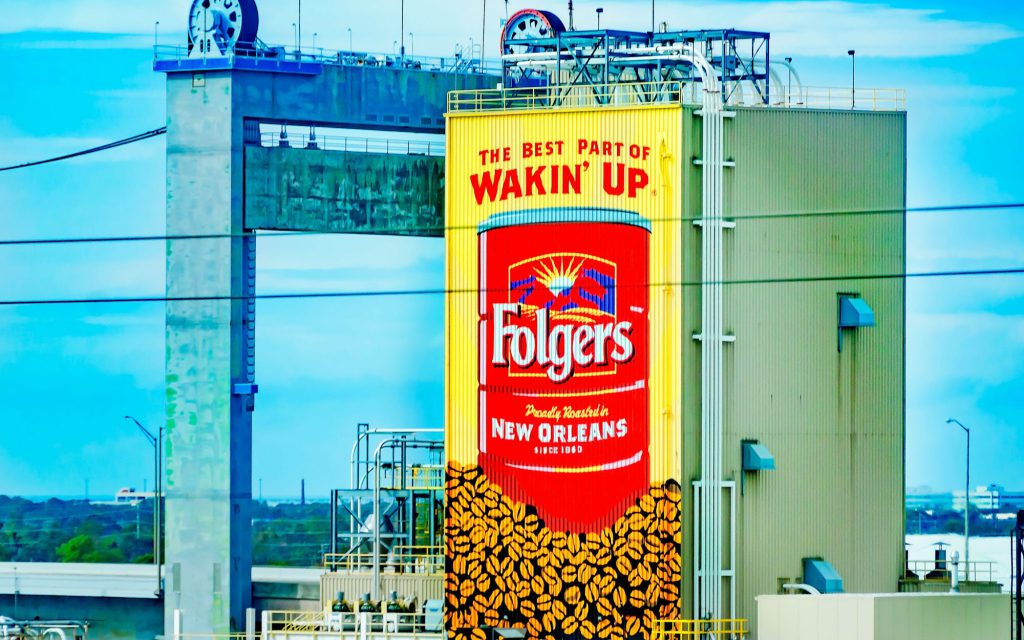
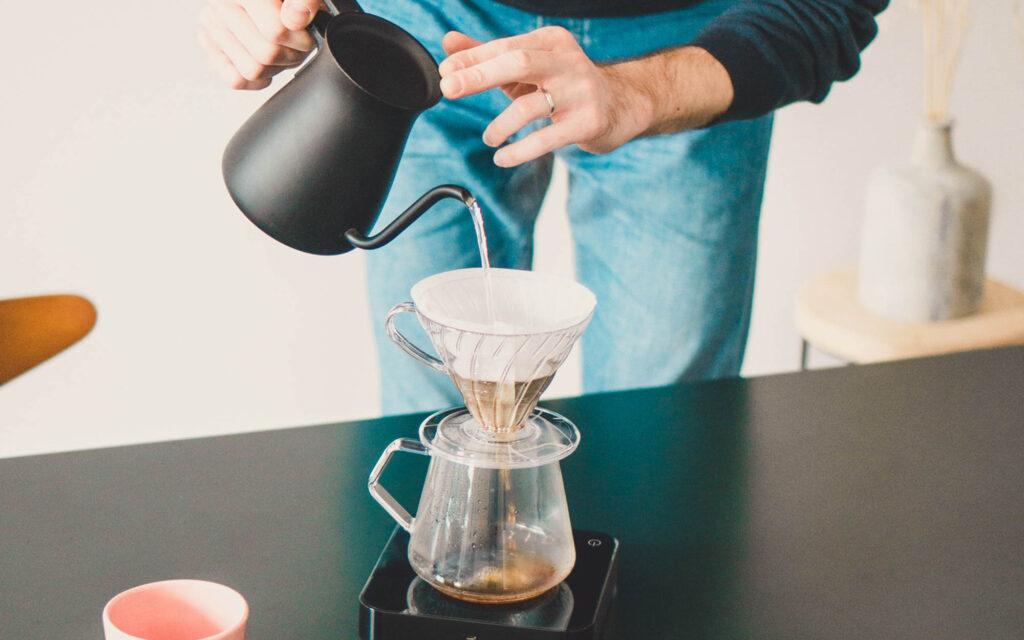
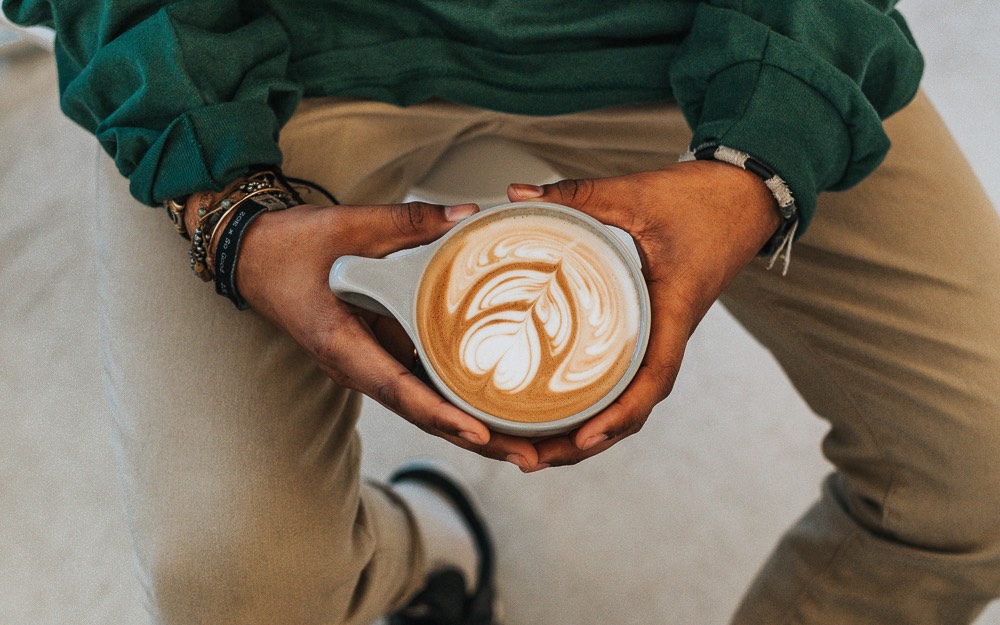
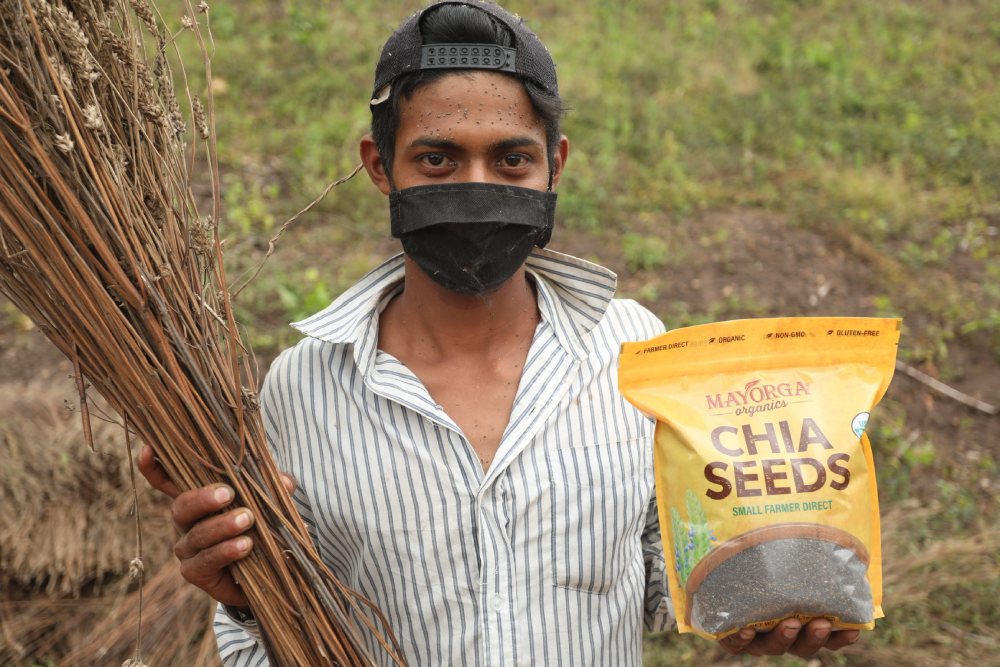
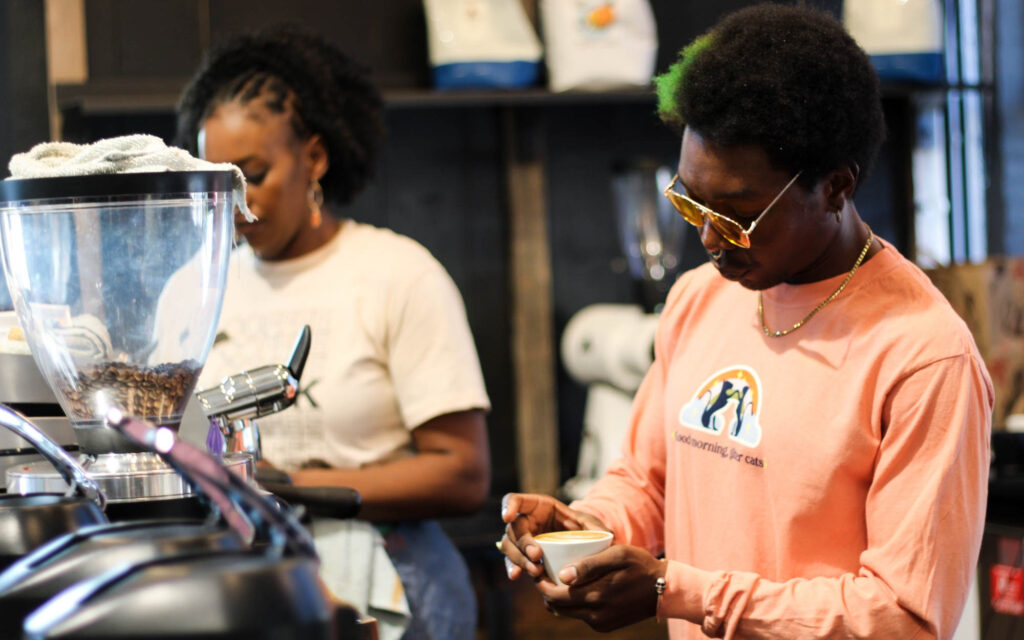
Responses